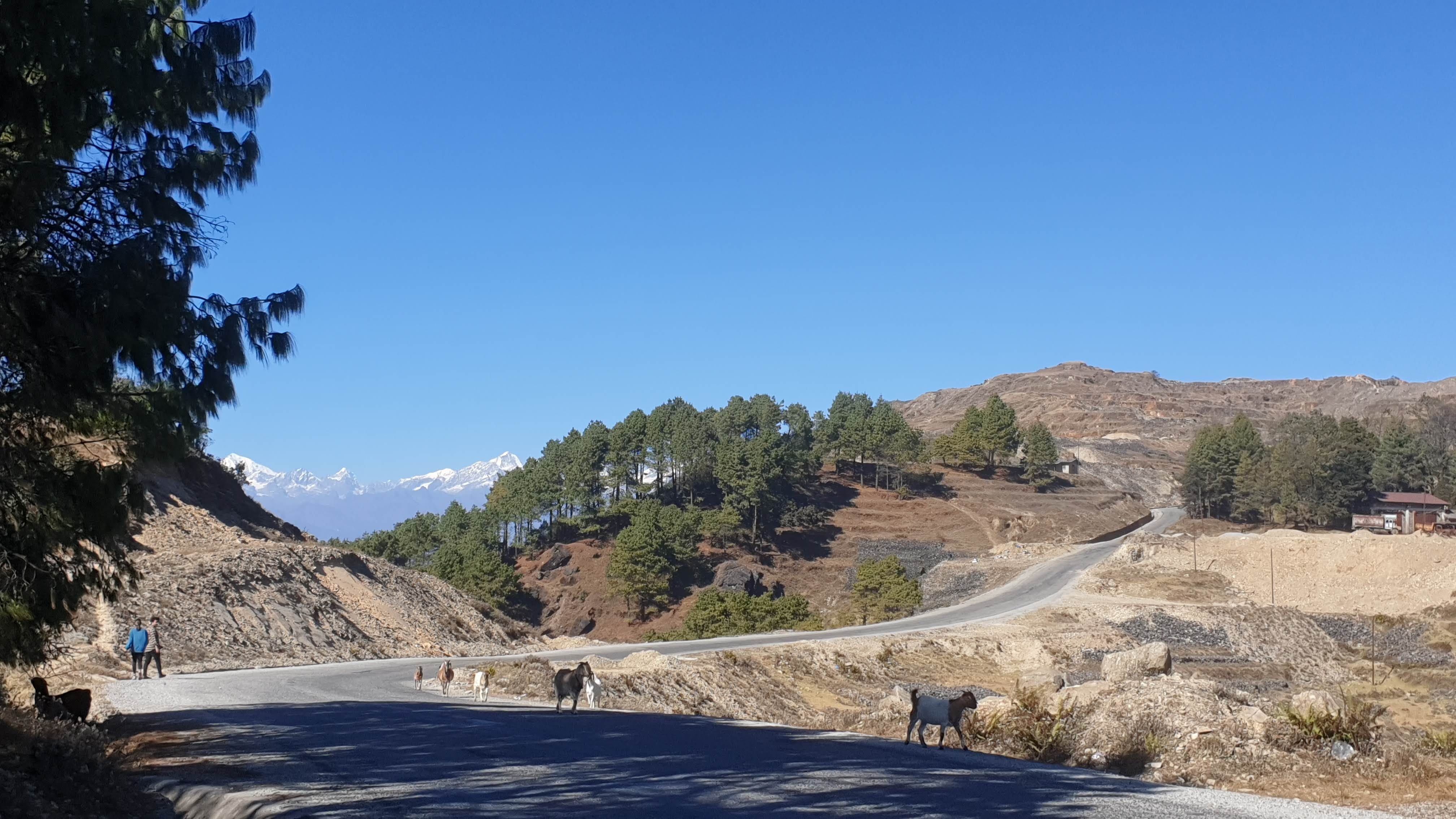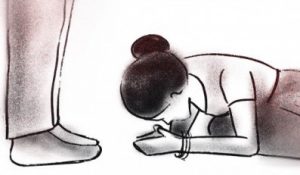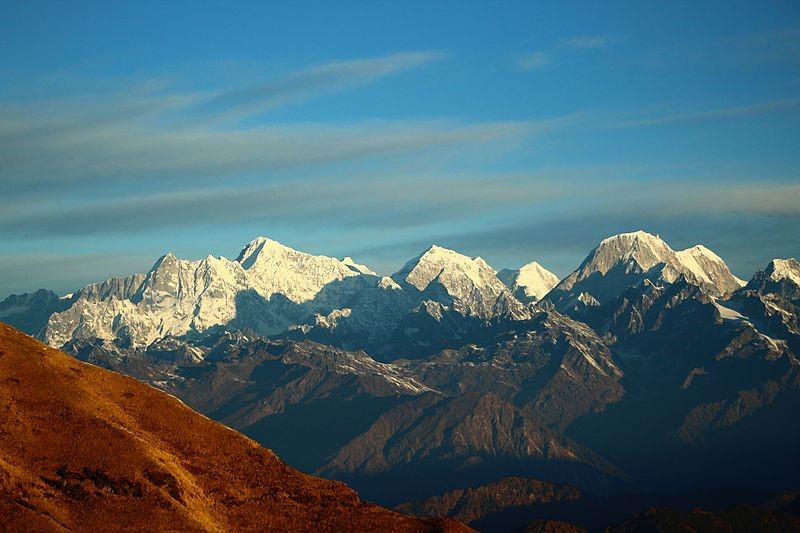
The sheer remoteness of the place, the raw unsullied environs, the element of suspense, and adventure, the mystical identification with the entirety, and the absolute bliss of nature missed out on all the later trips. None compared with my first. It was the ultimate and unparalleled—period.
For me, the night at the three-tiered cavern in Kuri proved a fitful one. The ground floor had hollowed out enclaves, but the upper landing, where we were bedded down, was open with a huge flat rock, almost measuring the size of a house, precariously balanced in a 40-degree angle over us. It served as the roof.
My imagination seemed to run amuck. I feared that the huge rock overhead might, any time, crash down and turn us into a human sandwich. Although we had the logs blazing, it was bitterly cold.
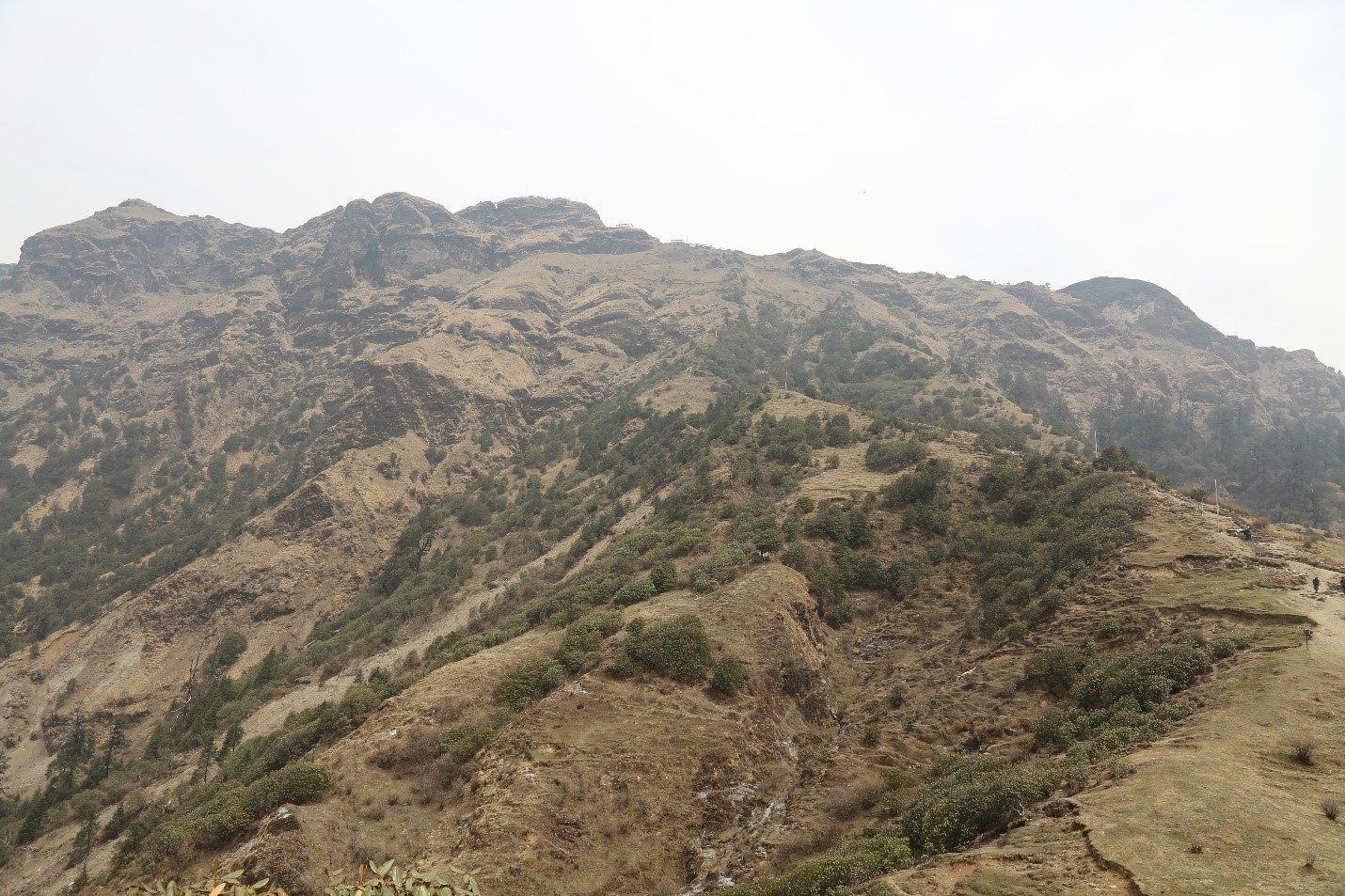
Yeti
We got up early the next morning so that we could do the final ascent to Kalinchok located on a towering bluff. It was still dark at six in the morning. While we sipped scalding hot coffee, one of our group, the village bloke, left for the shrubs to relieve himself.
Barely had we finished half of our coffee than we heard a yelling that came from the direction the fellow had gone. Soon, we heard foot-falls and there he was in the half-light of dawn bounding towards us as if there seemed no tomorrow for him. We watched dumbstruck.
His face was an open book. He was panting and shaking, mumbling something incoherently. One of his hands still held his unfastened trousers. He kept on repeating “khyak, khyak, I saw a khyak.” Khyak stands for an apparition.
“Are you sure you saw it? What did it look like,” asked my uncle? He recovered his breath, paused a little, and then blurted it out, “it was eight to nine feet tall, hairy and with blood-shot eyes that bore into me.”
My pulse seemed to race like mad when the fellow gave the portrayal. The description he gave pieced together (as reported by the media then) like the Yeti, the Abominable Snowman—the ‘mysterious hominoid’. News about the Yeti often made the headlines worldwide those days. I started fantasizing about my name making it big in Time magazine with the cover story, “Yeti eventually photographed by a Nepali boy.” The feature-story would also carry my photograph. Oh Boy, that will make me a celebrity,” I mused excitedly.
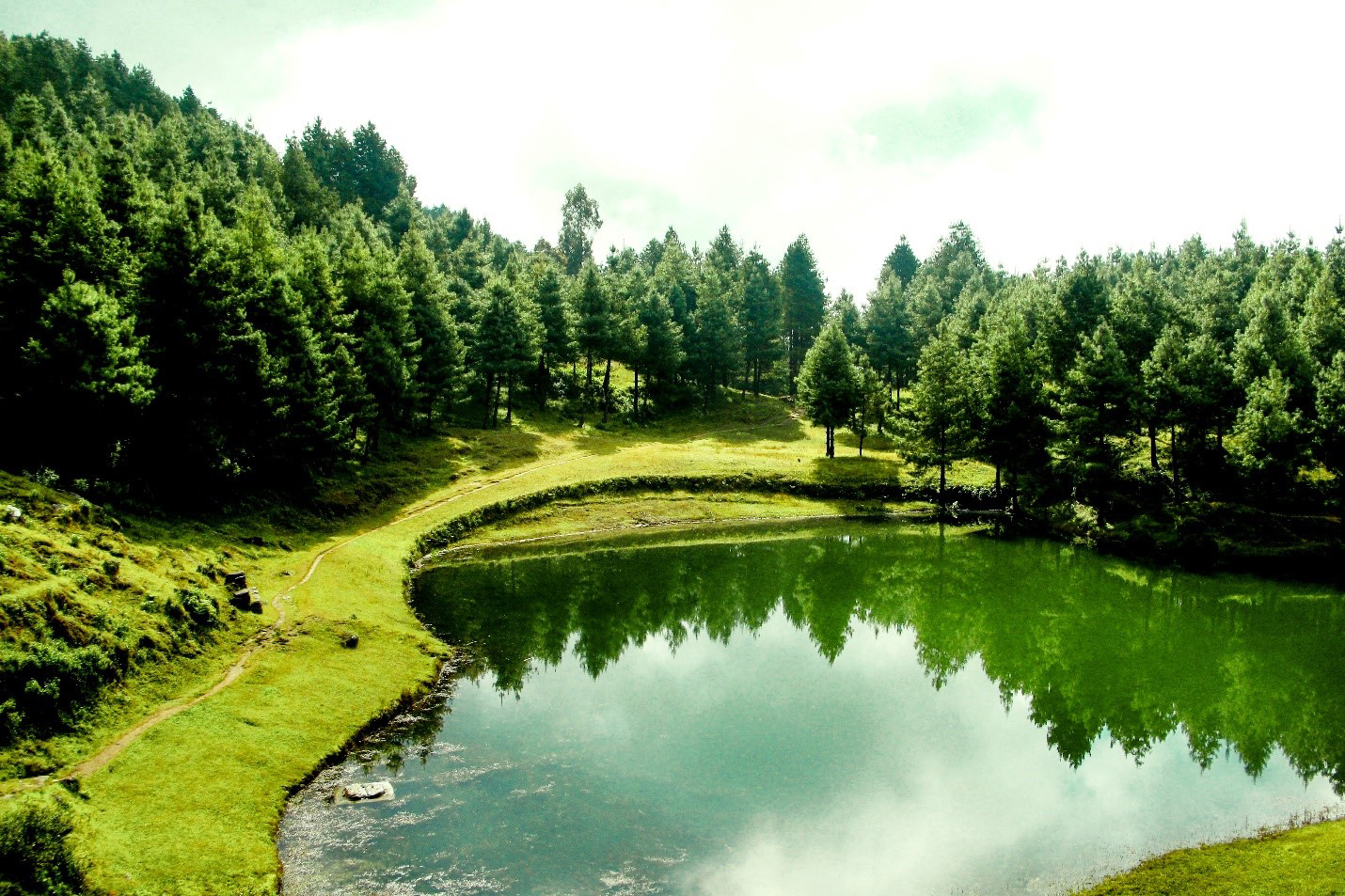
Boyhood fantasy
We asked the fellow to lead us there. He balked first but yielded reluctantly, though. I grabbed my camera, and we all dashed to the spot. When we arrived at the place, the first light of dawn had broken in with the visibility fair.
I was carrying my dad’s Rolleiflex box camera, considered to be high-end in those days. The funny thing about the camera was that you had to peer down into a screen after flipping open the top cover and not look through the viewfinder at the subject like in modern-day ones. The Rolleiflex box camera is considered an antique today.
The fellow stealthily approached the spot where he supposedly saw the ‘khyak’. We crept behind. I’d my camera at the ready. But for the thick hedge and scrub, we saw nothing. We looked around but with no results. The castle I’d built in the air came crashing down. So much for my dream about the Yeti!
Looking back, it was nothing but my boyhood fantasy. Later, after we were back home in Dolakha, my uncle told me that the poor fellow fell sick and recovered only after he consulted a shaman and sacrificed a stout rooster at the Bhimeswor temple.
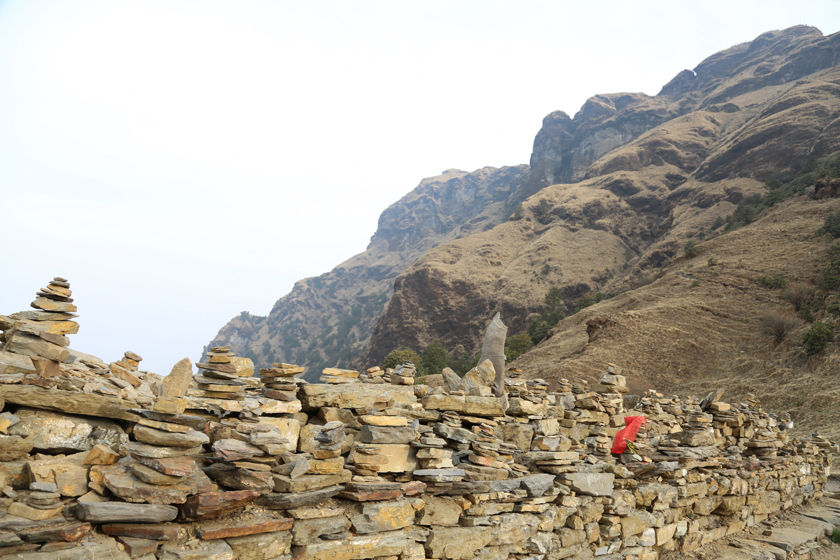
Highland
We left the cavern in the first light and began our climb. I was overawed to see the twin-crested butte that loomed above us in the north, which, my uncle announced, was our destination, the Kalinchok shrine. The narrow trail seemed perilous as it fell on its side into sheer drops. One false step could but prove fatal.
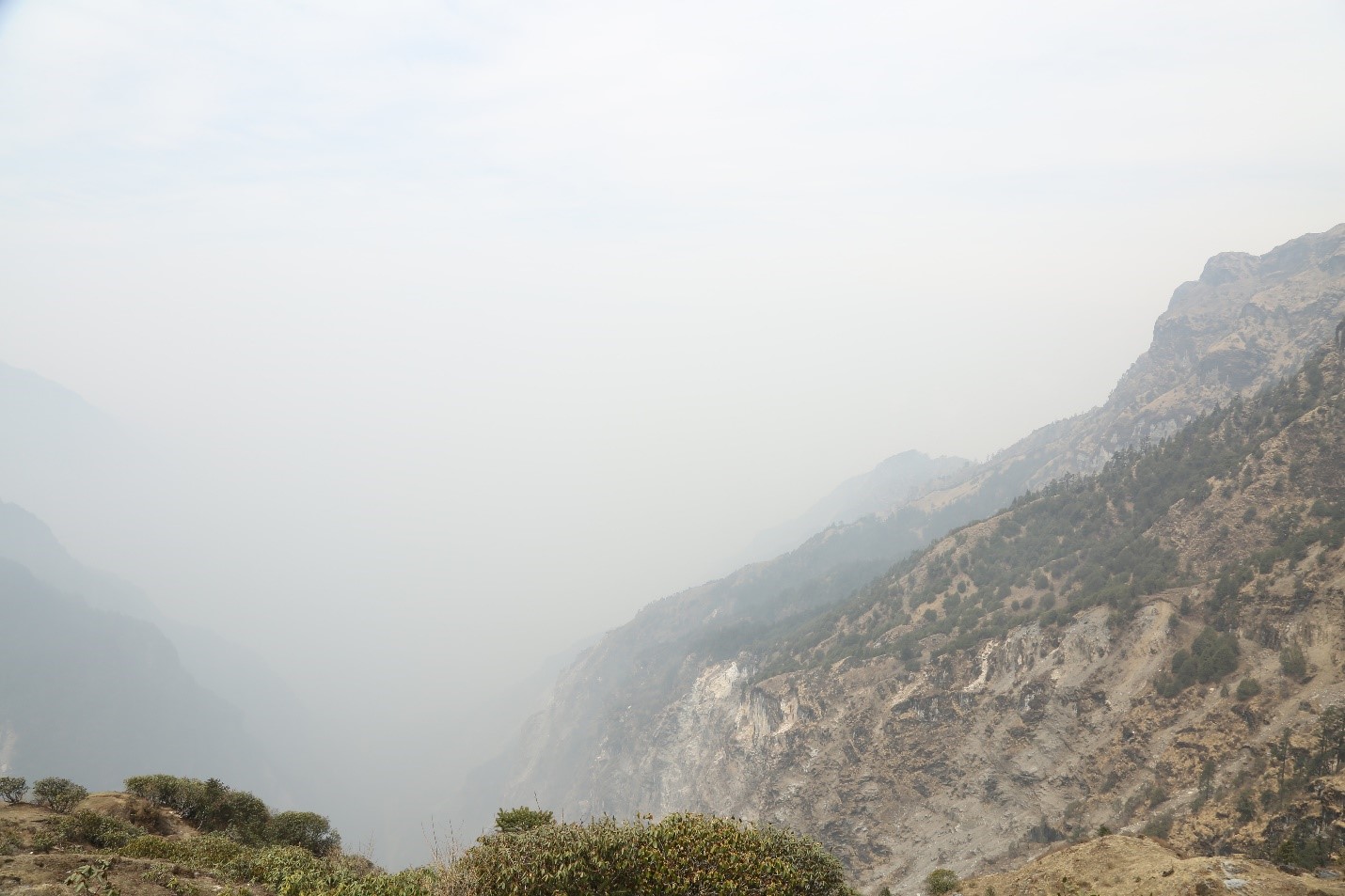
I was surprised to find my breathing a tad laborious. “That’s because we have crossed the 10,000 feet mark, and this happens to be your first ever hike to so high an elevation,” my uncle explained. I hastened to gulp down a mouthful of sattu and pop in a pod of the raw garlic my grandma had stashed into my bag. After something like an hour, we arrived at a fork.
One path led straight across while the other went up on a narrow incline with stairs dug into the earth. “That’s the exit path,” my cousin informed me, pointing to our right. “We are now close to the shrine, just 200 yards to go,” he enthused.
Within minutes we were climbing the final rungs of a rusted iron ladder. Unlike the later years, the rickety iron ladder had no hand-rails and wobbled too. It doubled as a bridge between the twin buttes. We had to tread cautiously as the gaping chasm that fell into a dark depth stared back at us frighteningly. In all honesty, with no head for heights, I was petrified.
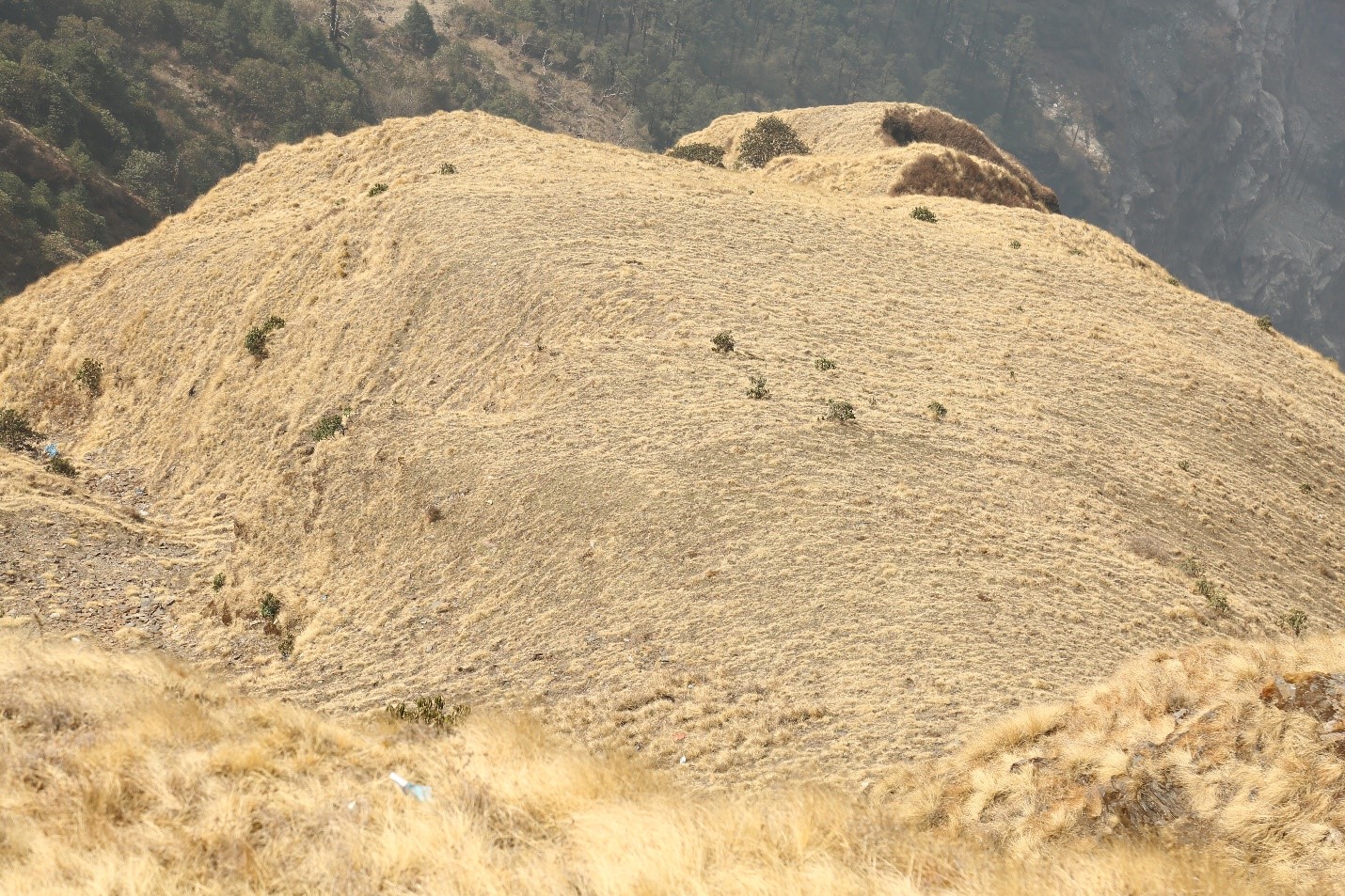
The summit
Finally, we were at the crest of the narrow ridge. It took us close to two hours. It was kind of scary at that elevation as no handrails, introduced in the later years, secured the summit around. Neither did the paths, up the entire hike. The early morning thick fog at the top made the vibe eerier as the dark ravines on the sides looked threatening. It was cold, understood because we stood at 12, 605ft (3,842m).

A solitary slate-roofed two-story house stood on the former crest. The dilapidated condition and the barred doors and windows spoke of its abandoned status. “That was a living quarter for the pilgrims, but as it was in a rundown state, it is not used anymore, “my uncle informed me.
To my dismay, there was no such thing as a temple housing the idol of a Bhagwati or Kali on the main ridge. The flat clearing, barely measuring 200 square feet, had a legion of tridents of all sizes haphazardly stuck into the ground next to a shallow hollow pit. The pit bore a natural spring enclosed by a small pagoda-style temple a little less than my height (5’-4”).

The devotees offered puja at this pit. A horde of bells, big and small, festooned a pillar next to the temple. The devotees offer tridents to the deity to pay their homage. Some also tender bells. Several unidentifiable stone deities lined the center of the ridge. “It is said the holy water from the spring drains down into a similar pit at the Bhimeswor shrine in Dolakha,” my uncle explained. I listened overawed.

My jaws dropped as I looked around. The clock seemed to stop—a “temporal illusion”? I was thrilled to see the majestic Gauri Shankar unfold right before my eyes in the east, as it were, gazing intently at me. A wisp of cloud caressed the snowy tips making me almost jump in a bout of euphoria, given that, it was my first ever hike to such great heights and the rarest rendezvous with the mighty snow-clad peaks.
Peaks galore
Craggy peaks ran the show in the north with the likes of Choba Bhamaré (5,933 m), Langtang Lirung (7,227 m), Dorjee Lakpa (6,966m), Shisha Panga (8,013m), Jugal (6,070m), Manasalu (8,156m), Ganesh I(Yangra,7,422m), Amabamori, Namburi, and many more. The lush hills in the south unfolded into an uninterrupted chain. I just could not believe my eyes, every which way I looked. I could barely contain myself at seeing such unparalleled grandeur and biodiversity.
My cousin informed me that the Kalinchok crest at night time also afforded a view of Kathmandu Valley illuminated at night. I spotted a foot-trailway down northwest, which meandered past a ridge and disappeared. “That,” my uncle explained, “led to Kuti, a village in ancient Tibet. It used to serve long ago as a busy route frequented by ancient traders.” He further informed me, “If the west escarpment of Kalinchok is the source of the Sun Kosi River, the eastern slope gives birth to Tama Koshi. The two rivers meet at Sindhuli.”
After puja (worship) over and an hour at the crest, we decided to leave. As we began our descent, I sighted a gang of shy red-billed choughs sunbathing on a ledge call out. Maybe that was to warn us not to hang around at the shrine longer, I thought. I visited Kalinchok, several times in my later years, on foot and by motor transport. My last trip, in 2014, was on my mountain bike.

In all those 50 years, the scenario has undergone no end of changes. The sheer remoteness of the place, the raw unsullied environs, the element of suspense and adventure, the mystical identification with the entirety, and the absolute bliss of nature, missed out on all the later trips. None compared with my first. It was the ultimate and unparalleled—period.
Lost and forgotten
I wonder if the ancient trail to Kalinchok still exists today. The presence of chortens (stupas), cairns, and the stone steles engraved with Tibetan inscriptions commemorating the departed souls in the middle of nowhere. The deathly still Simpani with the picture-perfect emerald green heart-shaped pond hemmed in by the tall pines.
The sightings of the danfé ((Lophophorus impejanus), or the Impeyan monal on high ridges, basking in the early morning sun; the Yaks attended by cows (chouris) roaming freely on the wild meadows and the woods. The sweet, invigorating Chhang (sweet corn wine) after the grueling climb at Thangsa, the sautéed dried yak meat with farm-fresh milk and soft chhurpi at Gairi, served by those smiling Sherpa ladies, who did not want to be paid–all seem but fond memories, nay a dream.
To say the least, how can I fail to recall the soul-searching experience I’d at the Dharmadwar (holy entrance)? The local myth ran that, by the will of God, only the devout could squeeze through the narrow slit between two huge rocks that made the Dharmadwar. It was said, the sinners always failed, no matter their size. I feel like guffawing today when I recall the incident. Even though I was a scrawny fellow then, my heart pounded when I underwent the trial (ordeal?).
Looking back, every wonderful moment I spent on the great wilderness trodding on the ancient trail to Kalinchok, as a youngster, seems a figment of my imagination—lost to the sands of time. Curiously, though, after 50 years yet, they still haunt my memories with a smack of nostalgia to this day.




